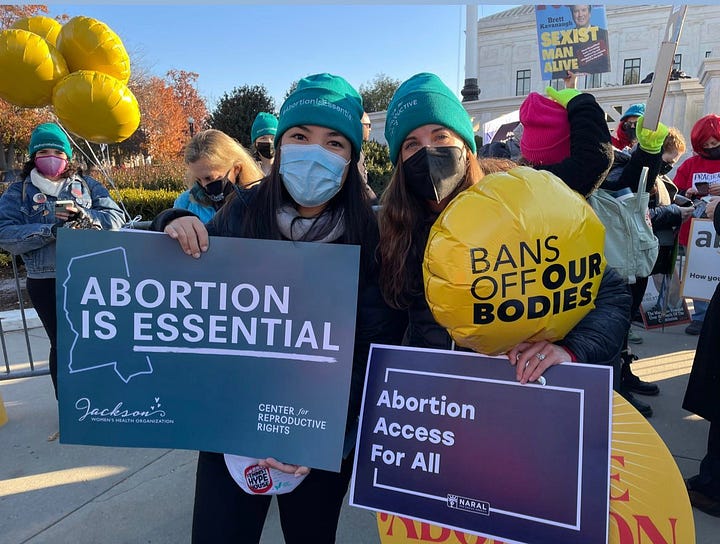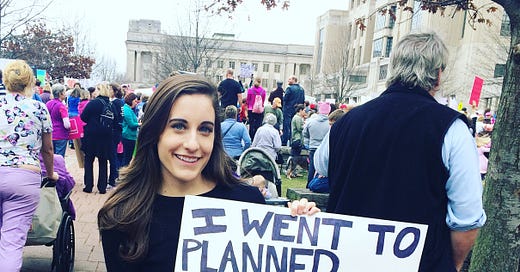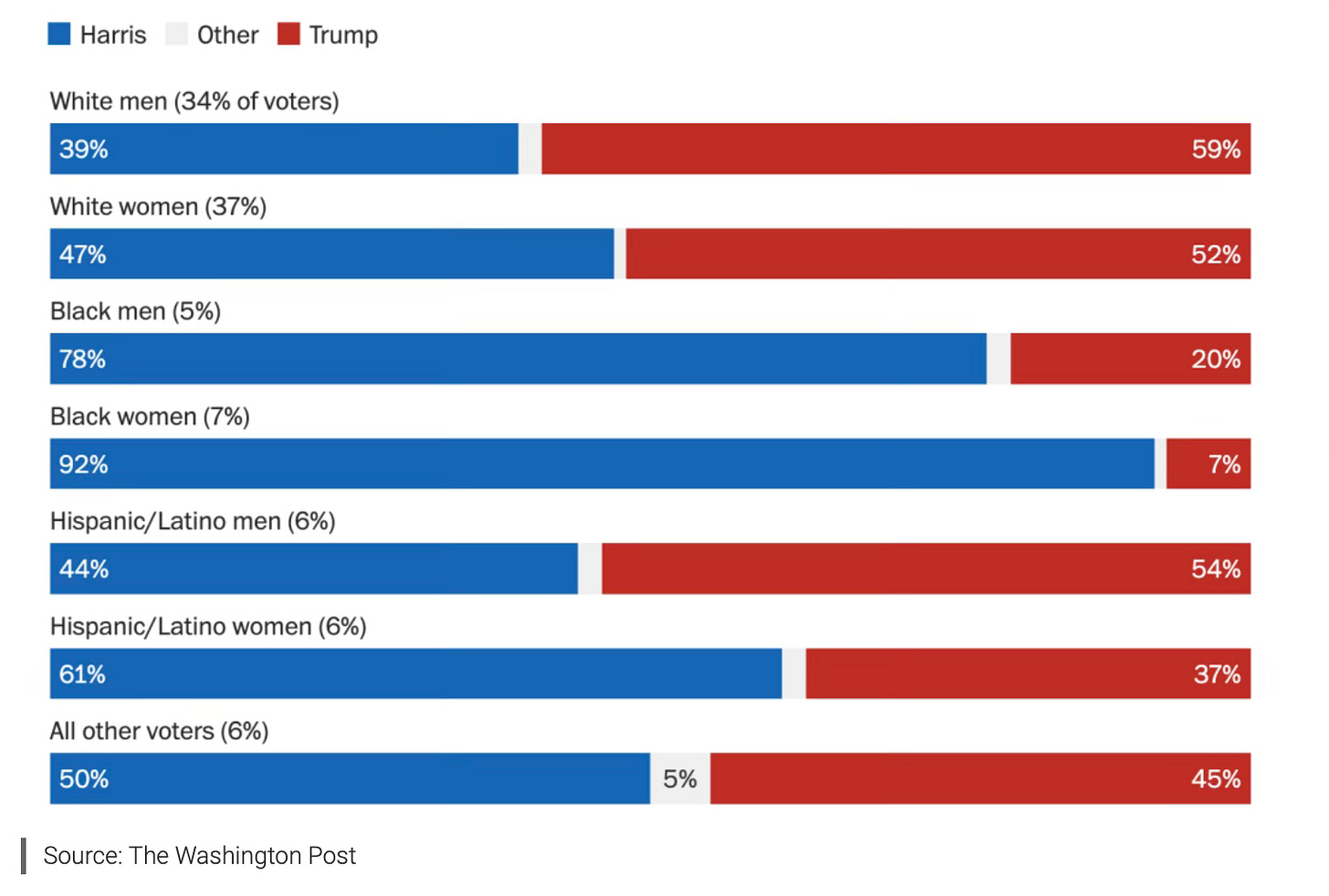As in 2017, there will be another march on Washington. This year’s event, set for January 18th (the Saturday before the presidential inauguration), will look and feel different than its predecessor eight years ago. The organization that birthed this monumental gathering, Women’s March, has undergone significant changes since its inception. Now rebranded as The People’s March, the movement aims to create a more inclusive and intersectional experience, reflecting the diverse communities impacted by the current political climate.
A Movement’s Evolution
The Women’s March of January 2017 brought an estimated 500,000 marchers to Washington, D.C., with over 4 million others joining protests across the United States. At the time, it was the largest single-day protest in the nation’s history. The defining imagery of that first march was the sea of pink hats, a visual symbol of opposition to the incoming administration. The spirit of the event was clear: resist the Trump presidency.


However, the years that followed revealed the fractures within the organization. Allegations of racism and antisemitism led to sponsors and donors abandoning the movement. Facing these challenges head-on, the group embarked on a journey of reckoning and repair, fostering conversations around intersectionality, including the experiences of transgender individuals and racial minorities. The result is a reimagined march—The People’s March—designed to unify women, LGBTQ+ individuals, immigrants, and allies under one inclusive banner.
The organization’s transformation did not come easily. In its earlier iterations, the Women’s March faced justified criticism for failing to adequately center the experiences of marginalized groups. Allegations of racism and antisemitism, combined with a lack of intersectional awareness, fractured the movement’s foundation and led to the withdrawal of key sponsors and donors. This crisis forced the organization to confront its shortcomings and actively work toward repairing trust with diverse communities. By fostering dialogue, welcoming new leadership, and committing to inclusivity, the march rebranded itself as The People’s March. This year, the focus is on uniting those who fear the implications of another Trump presidency—women, LGBTQ+ individuals, immigrants, and allies—to create a visible and unified front of resistance. The goal is not only to oppose harmful policies but also to affirm that these issues transcend individual identities and affect us all collectively.
This year’s march seeks to visually demonstrate resistance and build community. It aims to affirm that the challenges facing our nation—whether in immigration, bodily autonomy, or LGBTQ+ rights—are not isolated issues but collective ones. This broader vision underscores the importance of solidarity and unity in confronting harmful policies.
#The92Percent: The Betrayal of Black Women’s Efforts
A new movement, #The92Percent, has emerged as a focal point of conversations leading up to the march. While research on this trend is sparse (I only became aware of this movement via social media and only found that the AP had reported on this group), the available commentary highlights an important dynamic: Black women have historically been the backbone of grassroots movements, often carrying the burden of community building and advocacy without sufficient support from their white counterparts.
One need only look at history to see this truth. Black women were pivotal in the fight for suffrage, even as Jim Crow laws disenfranchised them long after the 19th Amendment’s ratification. They marched across the Edmund Pettus Bridge in Selma, Alabama, in 1965, paving the way for the Voting Rights Act. Decades later, Black women were at the forefront of the Black Lives Matter movement, advocating against police brutality and systemic racism.
In the 2020 election, Black women again showed their unwavering commitment to progress, with 92% voting for Kamala Harris as vice president, according to a Washington Post exit poll. In contrast, only 47% of white women cast their votes for Harris. This disparity has sparked frustration and calls for accountability among Black women, many of whom feel betrayed by the lack of collective support for policies that would have protected bodily autonomy and advanced equity.
The 92% statistic has led some Black women to boycott the upcoming march, citing the failure of white women to rise to the occasion in the 2020 election. They argue that if white women had mirrored their 92% voting rate, the country might not face the same existential threats today. For Black women, the march represents both an opportunity for solidarity and a reminder of the systemic inequities they continue to fight against.
(Can’t recommend enough a book from last month’s book club: Reproductive Justice: An Introduction Volume 1 by Rickie Solinger and Loretta J. Ross. This foundational text explores how systemic oppression intersects with reproductive freedom, providing essential context for understanding broader social and political forces shaping access to reproductive health.)
For Those Heading to The District
For anyone traveling to D.C. for the march, the details can be found on The People’s March website FAQ. As always, given the unpredictability of demonstrations, it’s crucial to know your rights while marching.
For Those in the Southeast
While attending the march in Washington is a powerful statement, I believe staying in your home state can be equally impactful. The Southeast faces some of the most restrictive bans on gender-affirming care and abortion access. Local advocacy is critical to signal solidarity with vulnerable populations and build coalitions to overturn harmful policies.
For Southern states, consider joining or organizing regional marches. These gatherings provide an opportunity to galvanize community support, inspire hope, and lay the groundwork for state-level change.
A Call to Action
The People’s March is more than a moment; it’s a movement that calls on all of us to stand together against injustice. Whether in Washington, D.C., or your local community, let’s show up—not just for ourselves but for each other. Because the fight for equality, justice, and autonomy is everyone’s fight.
Onward and Upward, Lauren




